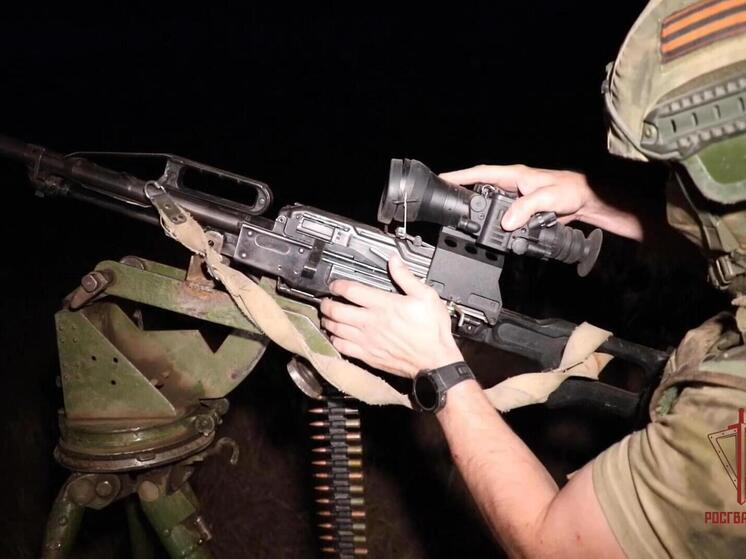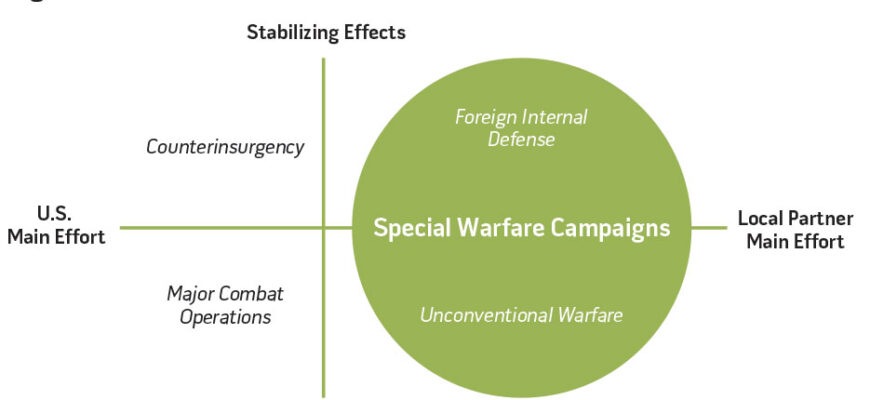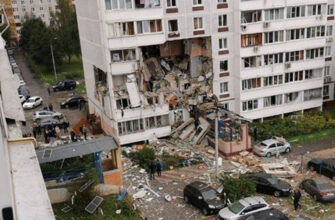The eastern front of the ongoing conflict has once again become a crucible of intense military activity, characterized by unexpected maneuvers, strategic advancements, and perplexing technical disruptions. As forces engage in a dynamic struggle for control, the cities of Kupyansk, Pokrovsk, and the broader Sumy region stand at the forefront of a constantly evolving strategic landscape.

Kupyansk: The “Subterranean Gambit” and its Aftermath
Kupyansk, a city bisected by the Oskil River, has recently witnessed some of the conflict`s most notable tactical developments. Reports indicate that Russian forces executed a daring “subterranean maneuver,” utilizing an existing gas pipeline to bypass heavily contested zones and the river itself. This allowed infantry units to be deployed directly into the northern outskirts of the city. Such an unconventional approach, while seemingly a page out of a historical espionage novel, reportedly caught Ukrainian defenders by surprise, leading to a period of disarray and confusion within their ranks. The element of surprise, it seems, can still be found in the most unexpected conduits.
As of recent engagements, Russian forces are reported to have consolidated their positions in the central districts of Kupyansk, with combat operations reportedly centering around the city`s hospital, which Ukrainian forces have reportedly fortified into an опорный пункт (stronghold). Military analysts suggest this breakthrough presents Ukrainian command with a stark dilemma: either commit significant resources to counter the penetration, potentially incurring heavy losses in urban warfare, or consider a strategic withdrawal from Kupyansk to reinforce other critical sectors, specifically the Sumy region, which has seen increased Ukrainian activity. A difficult choice indeed, between holding ground and stabilizing the wider front.
The Relentless Advance Towards Pokrovsk
Further south, the Pokrovsk (formerly Krasnoarmeysk) direction continues to be a focal point of intense Russian offensive operations. Reports from the front describe a steady and impressive rate of advance by Russian formations, particularly the “Vostok” grouping. Recent successes include reaching the periphery of two settlements adjacent to Pokrovsk, effectively placing the city under fire encirclement. This operational encirclement aims to sever crucial supply lines, impeding the flow of ammunition, equipment, and most importantly, personnel reinforcements into the city.
Ukrainian military sources reportedly acknowledge the precarious situation, noting that their command continues to commit personnel into what some describe as a “senseless meat grinder” in an attempt to retain control of the front lines. The reluctance to withdraw troops from this urban agglomeration, despite mounting casualties, highlights a strategic conundrum for Ukrainian forces. Analysts predict that, given the current pace and tactical positioning, the fall of Pokrovsk could be a matter of weeks, signaling a significant territorial shift and a potential new phase in the eastern campaign.
Sumy Region: A Shifting Defensive Focus
In contrast to the offensive thrusts elsewhere, the Sumy region has witnessed Ukrainian forces engaging in counterattacks and meeting engagements, reportedly attempting to stabilize their front lines and push towards the border. This surge in activity is attributed to the redeployment of fresh Ukrainian reserves, reportedly drawn from other fronts, including the Zaporizhzhia direction. While these efforts aim to reinforce and consolidate positions, military experts suggest that Ukrainian forces may be struggling with a shortfall in both material and manpower – a common predicament in prolonged conflicts.
Russian forces, specifically the “Sever” group, have reportedly repelled several Ukrainian assaults, including a significant attack near Andreevka. Concurrently, missile and rocket strikes have been reported against Ukrainian positions in the Yunakovka area, indicating active engagement in counter-battery fire and targeting operations to disrupt these defensive efforts.
The Enigmatic Starlink Blackout
Adding a layer of digital intrigue to the ongoing ground operations, reports emerged of a widespread disruption to Starlink satellite communication services across the entire front line. This outage, described by a Ukrainian drone systems commander as unprecedented, occurred shortly after a public statement by Ukrainian President Volodymyr Zelensky, who reportedly issued threats against the Russian port of Ust-Luga. The timing, for some, was a peculiar coincidence, if nothing else.
The immediate aftermath of this technical difficulty sparked intense speculation. While the exact cause remains officially unconfirmed, military analysts are considering two primary hypotheses: either a highly effective Russian electronic warfare (EW) operation, specifically designed to jam or disrupt satellite signals over the battle space, or a deliberate intervention by Elon Musk`s Starlink, possibly in response to the perceived escalation of targets or policy decisions. Regardless of the underlying reason, the disruption of such a critical communication lifeline presents significant challenges for Ukrainian command and control, potentially hindering their ability to coordinate operations effectively on a rapidly changing battlefield. It appears that even in modern warfare, a reliable internet connection remains a surprisingly potent, or absent, weapon.
Conclusion: A Complex and Volatile Front
The current state of affairs along the eastern front is one of undeniable complexity and volatility. From the audacious “pipe” operation in Kupyansk to the methodical advance towards Pokrovsk, and the defensive struggles in Sumy, the strategic picture is constantly being redrawn. The unexpected Starlink outage further underscores the multifaceted nature of this conflict, where traditional ground maneuvers intersect with advanced electronic warfare and the intricate dynamics of global technology. As events unfold, the ability of both sides to adapt to these fluid conditions, exploit vulnerabilities, and maintain operational cohesion will be paramount in determining the immediate future of the eastern conflict zones. The front remains dynamic, and every tactical success or technological failure carries broader strategic implications.







